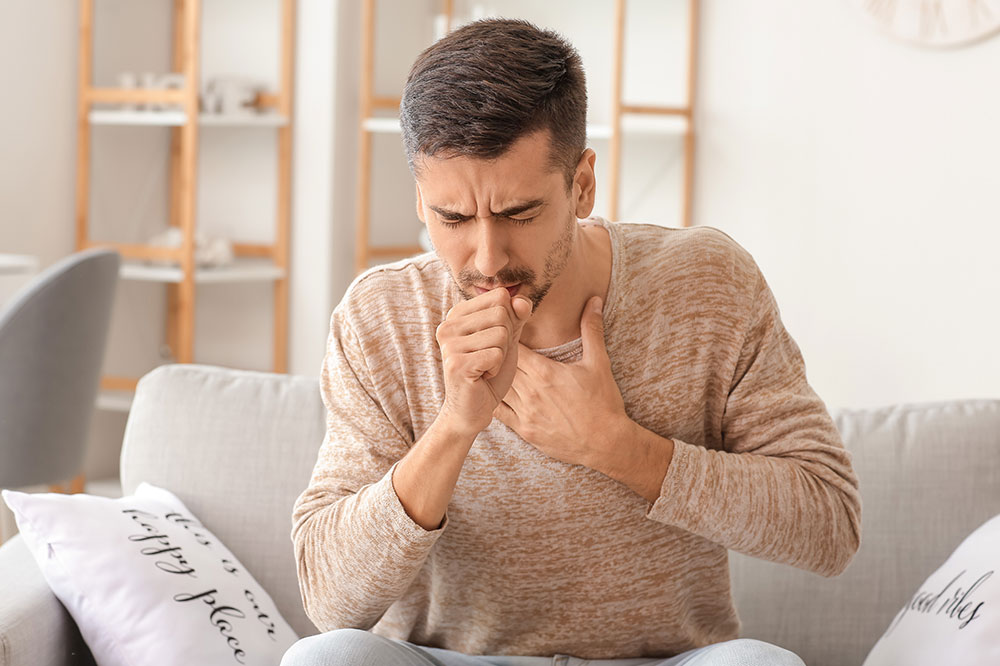Common preventive measures and treatments for whooping cough
Whooping cough, also medically referred to as Pertussis, is a persistent, uncontrollable cough that can severely affect breathing. The Bordetella pertussis bacteria triggers this infectious respiratory disorder that affects infants under a year, small babies, and adults of all ages. The condition is treatable, and with timely medical intervention, it is possible to manage the symptoms effectively. Here is a brief overview of the common preventive measures and recommended treatments for whooping cough.
Preventive measure for whooping cough
Whooping cough is highly contagious. But proper vaccination helps create antibodies to boost immunity and prevent the disease from spreading. Tdap (Tetanus-Diphtheria-Pertussis) vaccine is given to older teens, and young adults receive the DTaP (Diphtheria-Tetanus-Pertussis) vaccine during their childhood vaccination schedule.

Common treatments
- Antibiotics
Since whooping cough is mainly caused due to a bacterial infection, antibiotics are given to counter the spread of the disease. Also, intravenous fluids must be given to avoid dehydration. Antibiotics are also given to children who have had all their immunizations to ensure immunity is not compromised.
Infants and young children take more time to recover from whooping cough. Some symptoms may be recurrent and last for more than four weeks after treatment has been administered. Family members and caretakers must closely observe and take note of the symptoms. It is advisable to contact emergency medical personal if the cough is persistent and aggressive. Doctors often suggest using humidifiers at home in the patient’s room to keep the air moist. Humidifiers help alleviate the discomforts associated with a persistent cough.
Treatments for whooping cough and Tdap vaccines go hand in hand. Tdap booster shots are given to further boost immunity at a later stage in adolescence as a preventive measure.

